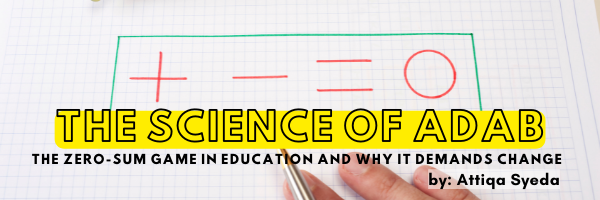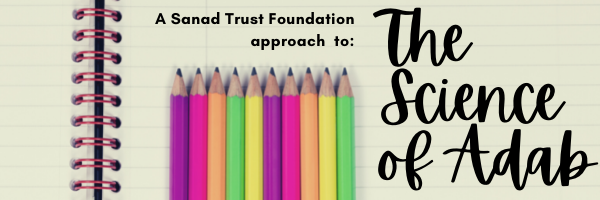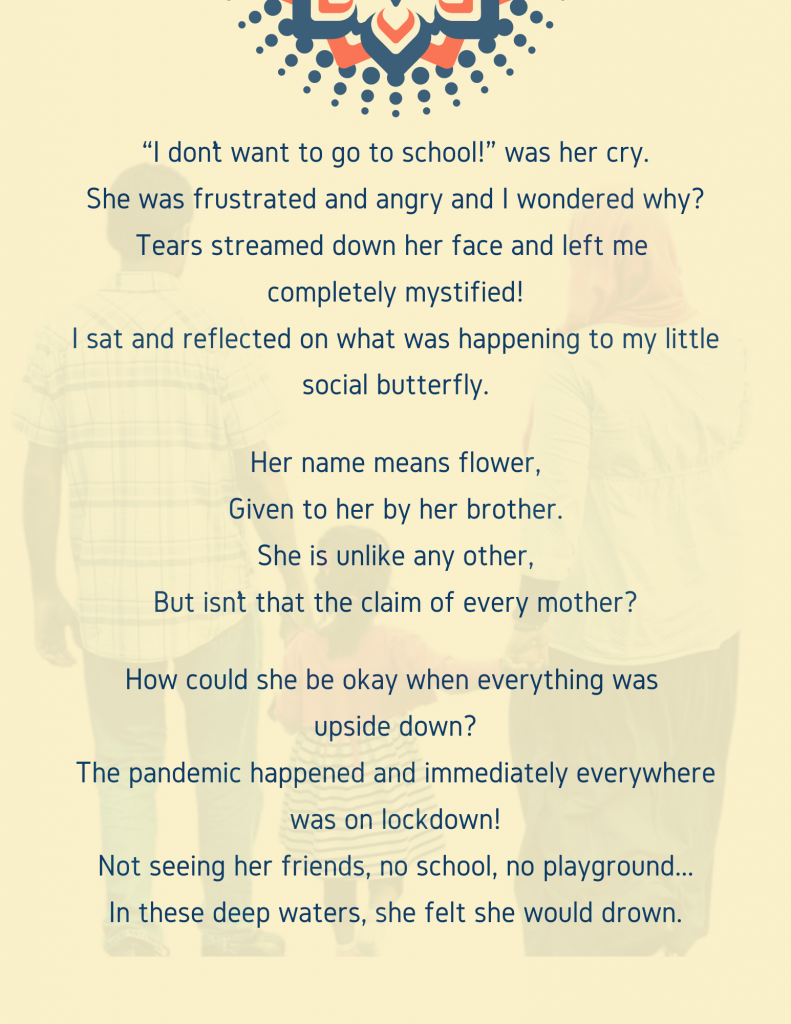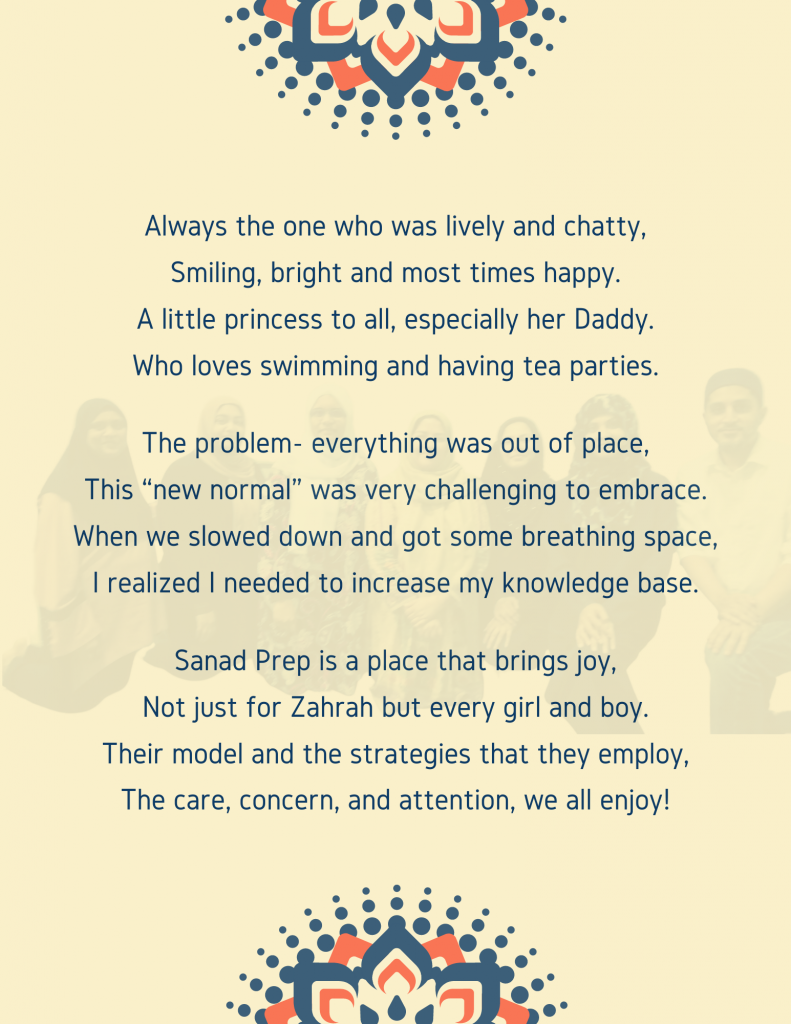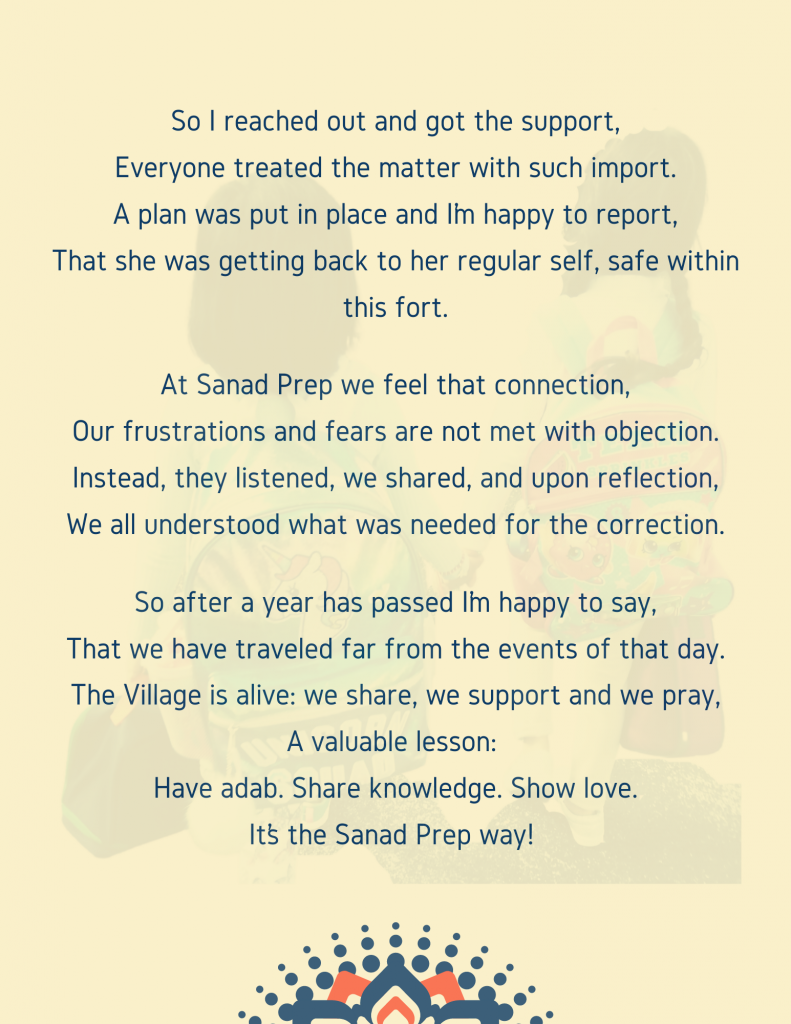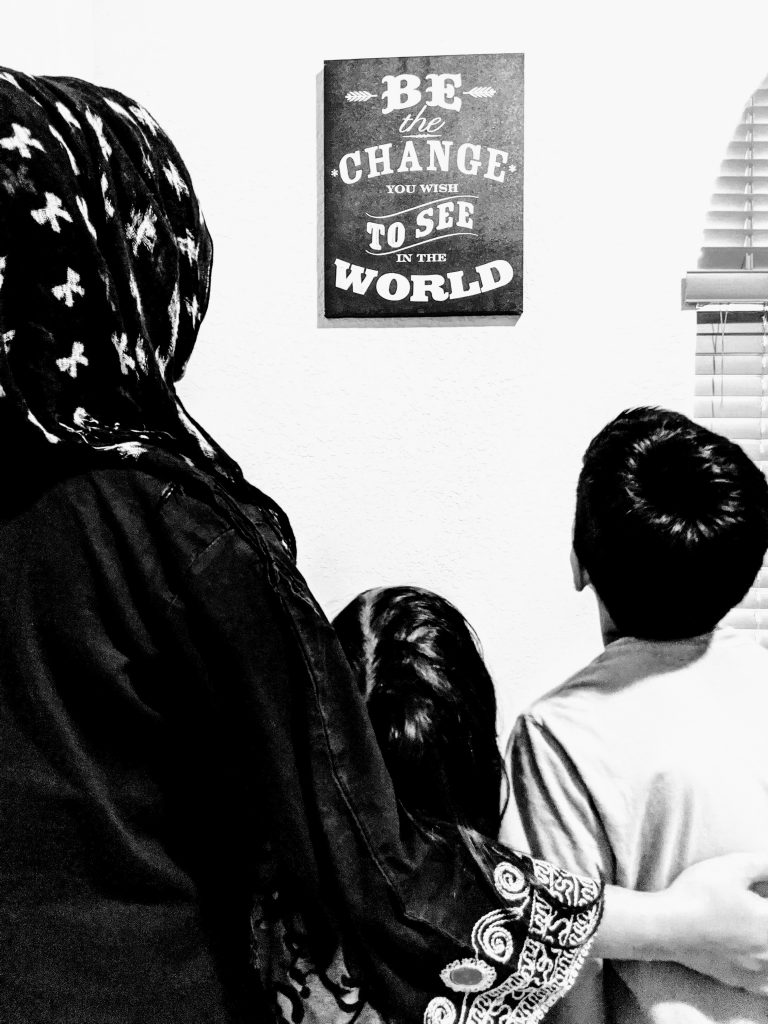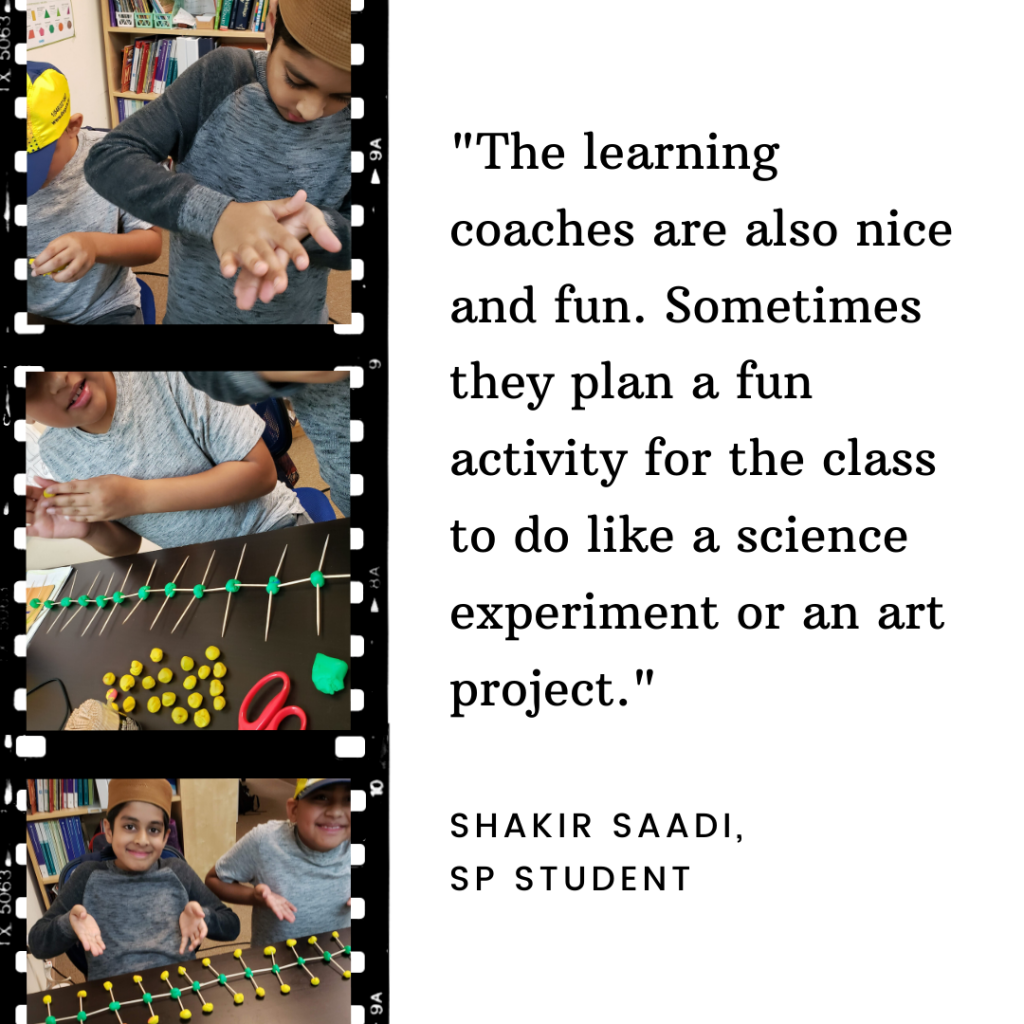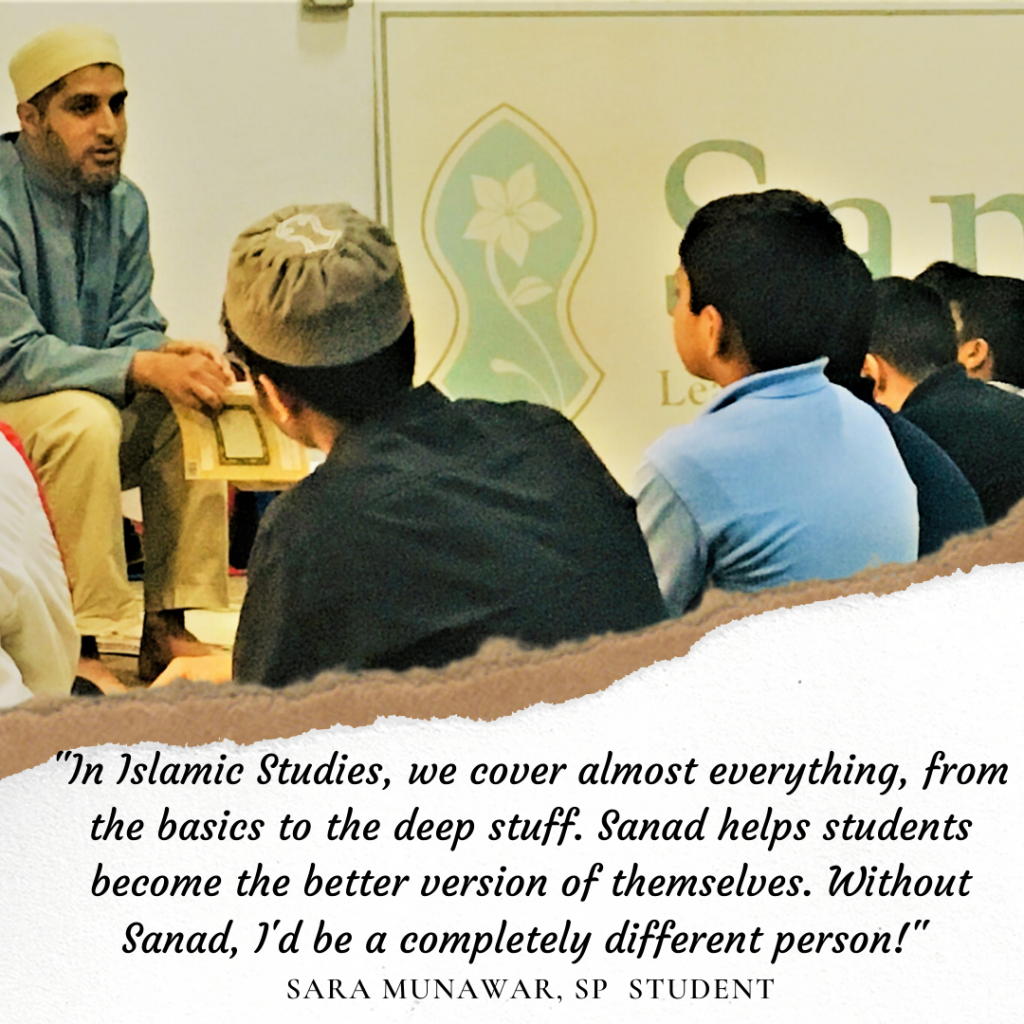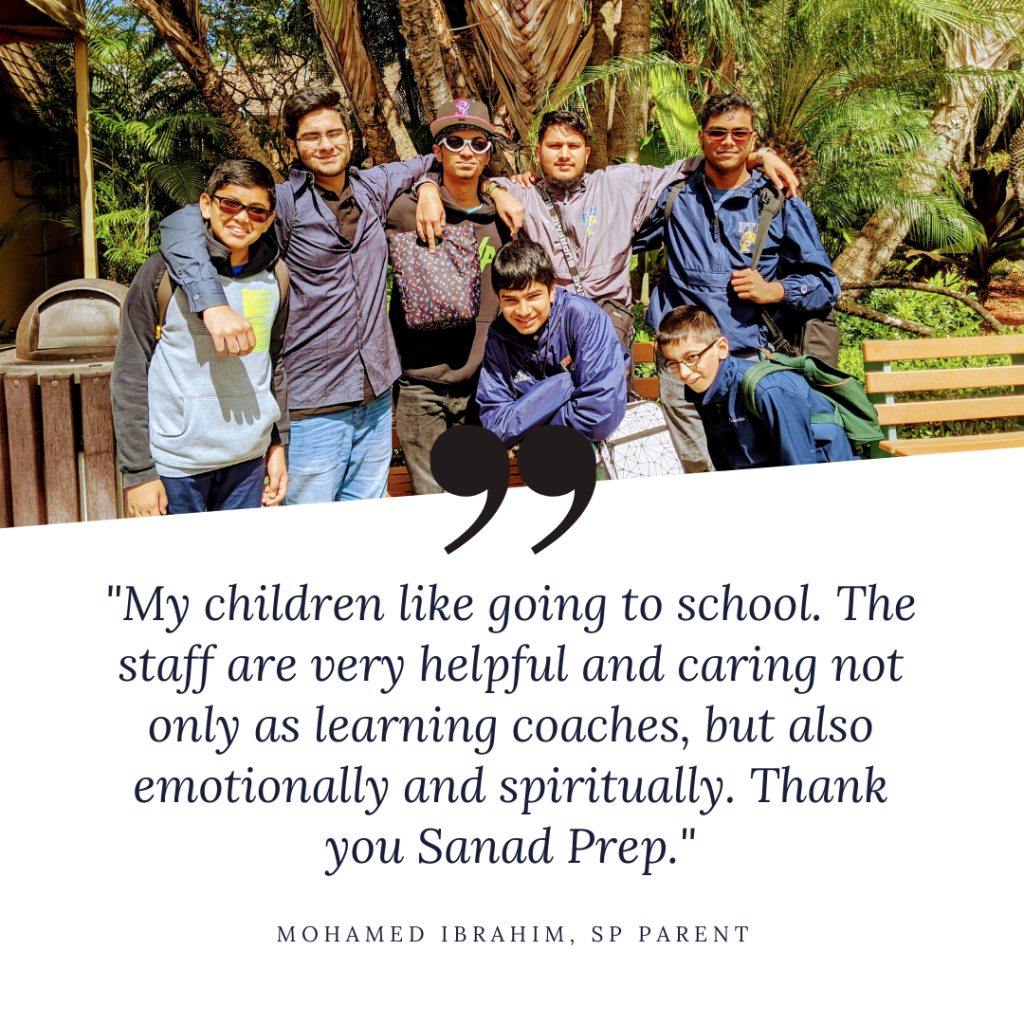
Islamic tradition places the knowledge of God at the forefront in the pursuit of education. It further delineates a clear pathway to achieve this objective through the character and example of the Prophet Muhammad peace be upon him. But what does this mean in the current North American context? Wouldn’t following this literally limit us in pursuing secular and other worldly knowledge? As a parent, guardian or care taker, how do I keep this intention and purpose alive and integral in the lives of children without compromising on their intellectual/academic pursuits?
Primacy of Knowledge
In order to answer these questions, we have to first understand three things;
- The origin and source of all knowledge is God
- The science of adab teaches us how to interact with and use every type of knowledge
- Practicing that knowledge allows us to derive benefit from it, for ourselves and or others
The answer to the first question is clear and simple- we are not commanded to limit our pursuit to revealed knowledge alone, in fact we are commanded to pursue various sources of knowledge, worldly and sacred, revealed and experienced as all knowledge is knowledge of God. Islamic history and tradition bears witness to this commitment as the birth of the Renaissance is directly inspired by the Golden Age of the Muslims. When we understand knowledge through this lens, we realize that prioritizing this purpose for our children’s education does not jeopardize their intellectual and worldly growth. In fact, it is when we ignore this purpose, that their growth (intellectual and spiritual) is endangered and their character development at risk. Answering the second question requires some elaboration though. And it begins with understanding that the pursuit of education begins with the adab of education. Absent this, our children begin their journey that is inherently deficient and inadequate.

In modern context, knowledge is organized under a wide umbrella of specialized sciences (i.e. a compilation of ideas, thoughts, concepts, experiences recorded over a period of time and categorized under a specific subject matter). Knowledge has multifurcated into an enormous tree whose branches have grown so far and wide that a connection to its roots and origin seem to have gotten lost over time. Restoring this connection is essential to this pursuit and must be integral to the choices we make every step along the way. Secondarily, teaching the appropriate method of how to interact with any given knowledge (adab) is key to character development, intellectual growth and fulfillment of human potential. Educational institutions don’t just teach our children knowledge, the type of knowledge they impart instills in them the value and importance of knowledge that matters and holds merit. So if sacred knowledge or knowledge of God is completely absent from this process, so is the value and importance of that type of knowledge.
Human Faculties & Potential
The human being is inherently gifted with certain faculties that deserve preservation, development and growth. According to Imam Fakhr Al-din al Razi, a human being is born with two faculties, the theoretical and the practical. The theoretical faculty is comprised of two primary sources of knowledge, divine and sensory perception. While the practical faculty involves action through experience and development of human character. Al Razi considered the composition of human essence to be its soul and believed that the two faculties can be perfected only through the capacity of the soul. The Islamic tradition and worldview also places great emphasis on the preservation and refinement of the human soul. It further holds that all other faculties are interconnected and rely on this faculty to help the human being fully realize its gifts and capacities. The Quran is therefore a primary source that can be accessed for theoretical knowledge in addition to sensory perception. Concomitantly, Prophetic character is the epitome of practical knowledge that can help refine and perfect good character in a human being. Everything else flows from and comes after establishing this as a fundamental.
Modern modes of education are devoid of these two fundamentals in the pursuit of education. Development of human character through active acknowledgment and refinement of the human soul is almost a non-existent concept in modern education, even in faith based schools. The focus of “modern” and secular education is and remains how to derive worldly benefit from the sensory perception knowledge available to us at hand. Precisely due to this, children do not naturally develop a holistic worldview which places God at the center of their life. The absence of this primal connection to divine knowledge is treated as an afterthought. Parents step in to fill the gap but face great challenges in reconciling between the two worldviews. A duality and conflict eventually emerges in our children’s mind because the worldview they are developing at school may not align with the moral, and ethical standards that are inspired by faith. In fact, many of those standards are at odds with each other and when presented with the choice, our kids gravitate towards the view they are more familiar with and have grown accustomed to on a day to day basis. It is natural for them to incline towards what sounds and looks familiar and not necessarily what is ethical, moral or correct. Their minds are never trained to discern between truth and falsehood. Rather, they simply become subjective recipients who must learn and specialize in knowledge of the worldly sciences so they can get “good jobs” and climb higher on the ladder of socio economic status.
A Holistic Worldview
The dominant worldview our kids are exposed to at most schools is not a holistic view but rather that of an ever evolving and precarious social environment. Even in Islamic schools where faith should be front and center, it is instead an addendum that’s added to a child’s day via an Islamic studies class. It’s a place that looks and feels “Muslim” but does not embody nor reflect ideals of high moral/ethical character. That’s how our children’s frame of reference is being developed and over time, it only solidifies its foothold on the mind and heart. As the children mature into adulthood, they may cast doubt on the “old”, and dated version of faith. Their default is not to connect back to their roots or critically think about their precepts but rather, adopt the easier of the two worldviews to retain a “normal” American identity. Instead of engaging with and trying to understand the Islamic worldview, they may stand in front of it, blocking the very light that can help guide their way. Instead, what they experience and witness is a shadow that looks familiar but appears dark and shapeless, lacking any color, life, vibrancy, beauty and rigor. That’s why where our kids “stand” with their faith matters- physically, emotionally, intellectually and spiritually. When they are young, this is our responsibility. As their “standing” may determine whether they are obstructing the light of faith or can build the capacity to reflect it.
A Sacred Trust & Responsibility

Something I have observed in all children(as a parent and an educator of over a decade), even those not born into Muslim households is the desire and gravitation towards their fitra (primordial nature to know and understand God through discovering the natural world). Children are not just naturally curious about exploring their environments but also seem interested in understanding the “why”, the purpose for why things are the way they are. They gravitate towards finding meaning and purpose for things. They heavily rely on the environment and the people within those environments to help make sense of their curiosity and questions. The answers they find and receive begin to shape their ideas about right and wrong/ good or bad. They also express (even if in limited capacity) things they are naturally interested in and want to be around. We as parents don’t always do a good job “listening” to their cues. Our hearing is oftentimes biased or coloured by our own expectations for them. This is not easy for any parent to do (Muslim or not) but it is something we cannot and should not ignore. It is one of the keys to helping our children find their true potential in life. It is a part of our sacred trust and responsibility as parents and in the truest sense of the word “guardians”.
The bare minimum we must do as parents is to ensure that we are not obstructing the light of faith from reaching our children. So when we choose the “elite” private school over an Islamic school or homeschooling, or blended education models like that of Sanad Prep, we may be standing in the way of faith reaching our children. And although we feel good about sending them to the occasional Sunday school or after-school program, it will not meet the bar to help develop a sound, strong and holistic identity in our children. Blunt and outright, it is our responsibility to bring the light of faith into their lives through an active and living force on a daily basis. Are we doing that for our children? Are we doing that for ourselves? Are we ignoring the institutions that are right in front of us because of our personal biases, lifestyle choices, class status and entertainment priorities? Are we accepting the invitation to prioritize faith and preserve the best of what our children have the capacity to develop; i.e knowledge of God.
If we ignore the first two fundamentals (the source of all knowledge and the method of how to interact with it, i.e adab), practice alone bereft knowledge of its essence and its meaning. The choice is not simply between academic/worldly success and faith, but rather a life devoid of meaning, or one with meaning. So, how do we help keep faith front and center in our children’s lives? The answer is not as complicated as we make it sometimes. It is by putting faith front and center in our lives and in the lives of our children. It is by accepting the invitation to do good, when the opportunity presents itself. It is to remove our biases and choose for the reasons that are worthy and truly matter. It is by asking ourselves what our choices reflect about our views and our priorities. The choice is in our hands, not our children. May God give us the capacity to choose wisely and prioritize that which is everlasting and true over that which is temporary and fleeting. Aameen.
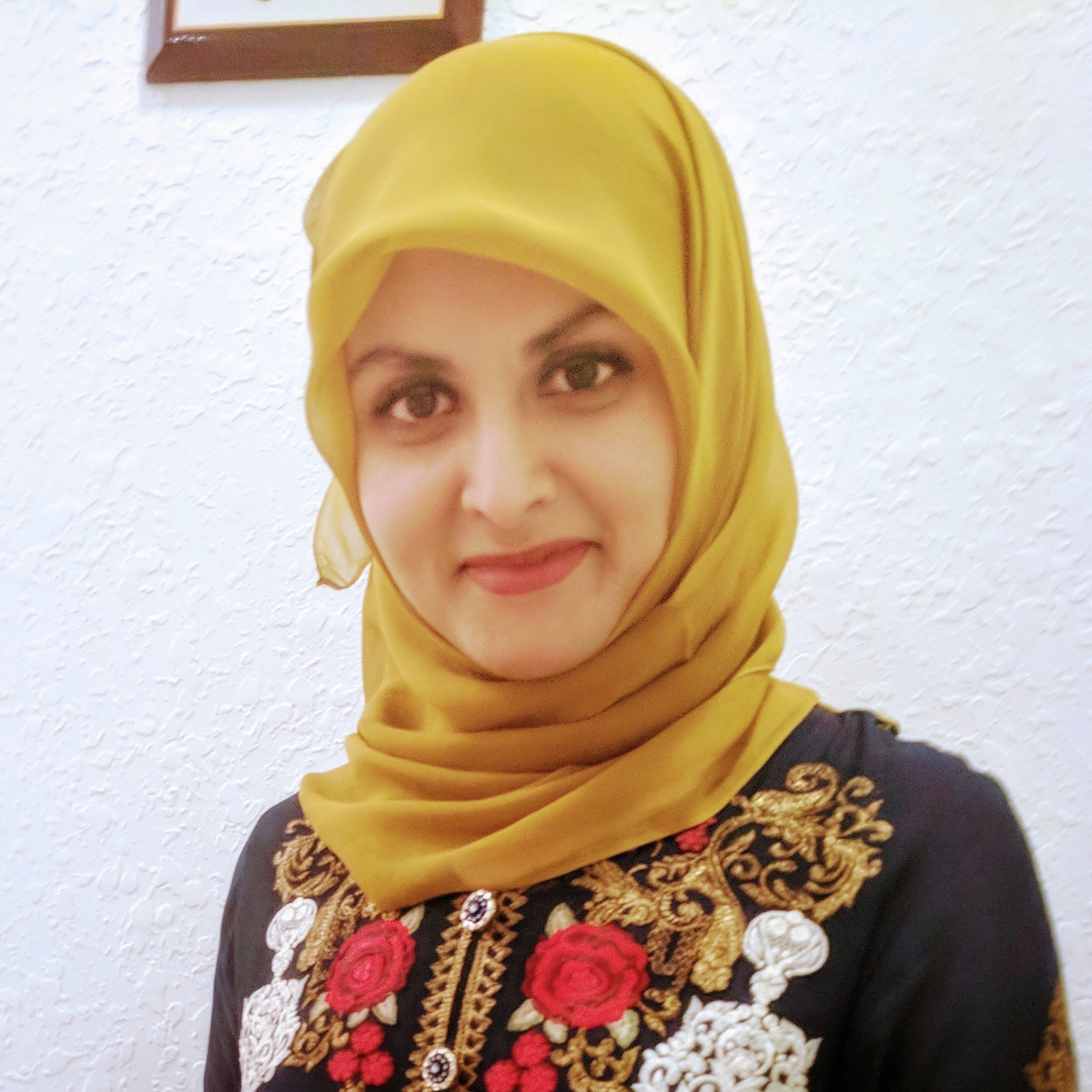
Attiqa was born in Pakistan and raised for the first decade of her life in her native country. She migrated to Montreal, Canada at age 11 and completed her undergraduate studies earning a BComm with a major in finance and a minor in economics and women’s studies. She has continued to pursue her academic dreams through obtaining an Islamic teacher education program certificate, and language enrichment programs in Arabic and Islamic studies. She earned a graduate certificate in nonprofit management with the Harvard Extension School in 2020 and continues her professional and academic training through local and online opportunities. She is fluent in English, Urdu, and Punjabi and can communicate in French as well. She lives with her husband Rehan Mirza and their two children in Miami, Florida. Her ethnic, racial, religious, and socio-economic background has shaped her pluralistic outlook on life and the world.

